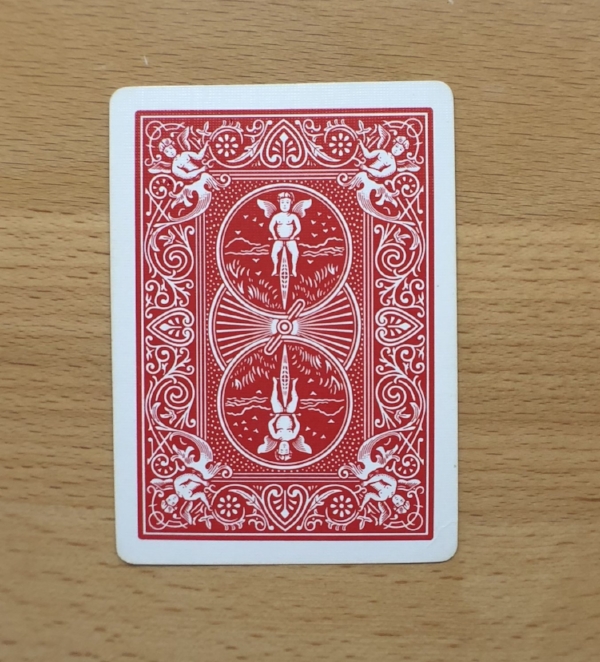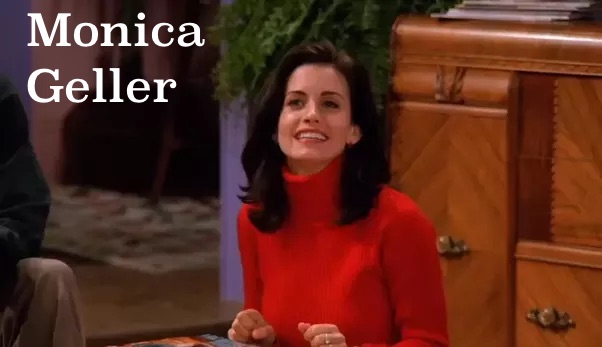So You Want to Advertise on the Jerx
/Well... you can't. I don't have advertising.
And if I did, you wouldn't pay the price it would cost to advertise here. (A couple years ago I had an advertising consultancy service determine what a fair price would be for a sponsored post written by me, given the readership figures and the level of engagement of readers on this site, and I just know it's more than people would be willing to pay.)
But the good part about this site is that it has evolved to not need advertising to keep it going. The only advertiser is me. I write up my blog posts here, which sells the books and magazines, which then gives me the time to write more here, which keeps this site going. And so on.
It's the ciirrrrrrrrcle of liiiiiiffffeeee!
Unsurprisingly, other people want in on the action, so I get a lot of people offering to send me stuff in exchange for me writing about it here. I understand the inclination. There is probably no more captive audience in magic than the people who read this site. But if I just started doing posts on the stuff that was sent to me, then that's all this site would become. And as nice as it is to receive a free ebook or get something in the mail, that would ultimately devalue this site to the readership if that's what I focused on.
But, I'm the king of win-win situations, and I've come up with something that benefits people with a trick or book to sell and benefits the people who support this site.
You can't advertise on this site, but you can advertise in X-Comm, the quarterly newsletter that supporters of this site will be receiving starting next month. And you can advertise in that for free. But your advertisement must take the form of something of value for the readers. What do I mean by that?
- If you're selling a book, then your "advertisement" might be in the form of an excerpt from the book. (And not the dumbest thing in your book either. It should be one of the best things in the book. Either way I'm going to say you consider it one of the best things in your book, so if it's a giant turd you're not going to help yourself.)
- If you're selling a trick, then your advertisement might be in the form of some sort of significant discount that is only available for Jerx supporters.
Those are just a couple of examples. Essentially the deal is: I give you something free (an ad) in return for you giving something of value to this site's subscribers. I'm taking myself out of the equation, I'm just a middle-man between you and the Jerx supporters.
You can email me if you're interested.
You might say, "But I want a post on the main site where it will get much more traffic." Yes, a post on the main site would reach significantly more people. And if you want to pay for that, that's fine. But what I'm offering is a way for you—with no upfront investment—to reach the non-freeloaders who keep this site running. That's a smaller group. But they're a group that has demonstrated they're willing to pay to support things that they like. These are the people you would be hoping to reach anyway. These are the Glengarry leads.








